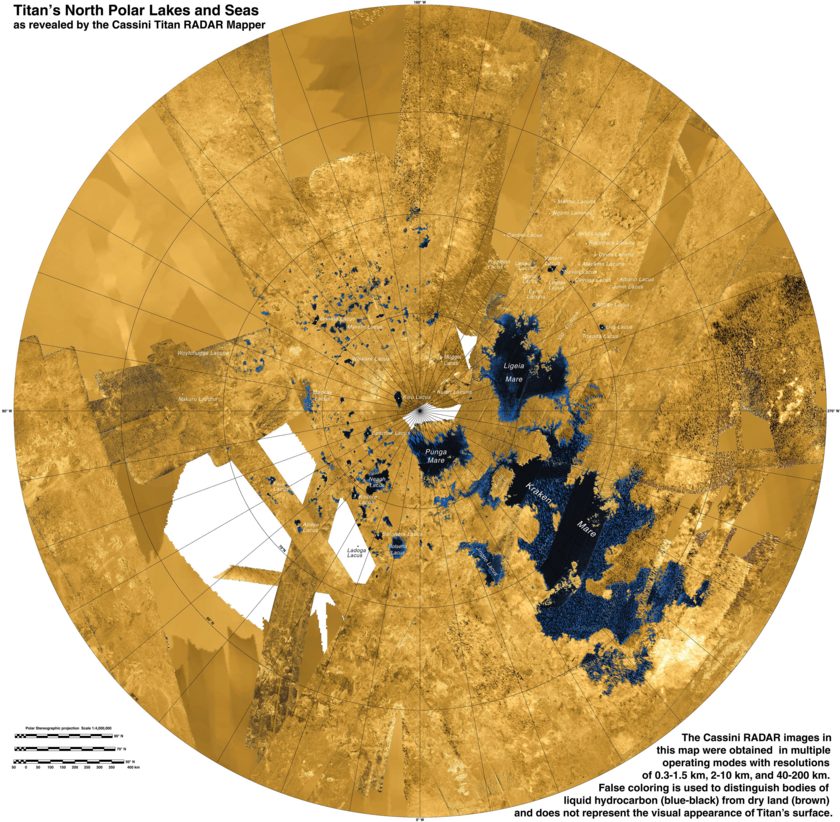It’s a Hard Rain on Titan
The Titan story is in the Planetary Radio podcast segment starting at 6:05 and ending at 34:15.
Special Guests

Sean Faulk
Graduate Student, UCLA Department of Earth, Planetary, and Space Sciences

Jonathan Mitchell
Associate Professor of Planetary Science, UCLA Department of Earth, Planetary, and Space Sciences and the Department of Atmospheric and Oceanic Sciences
A computer model based on our best data about Saturn’s cloud-shrouded moon says that torrential liquid methane pounds the surface far more frequently than previously expected. Sean Faulk and Jonathan Mitchell of UCLA explain. The Planetary Society’s Jason Davis takes us to another ocean world that will receive a visitor in the mid-2020s. A total lunar eclipse arrives on the last day of January. Bruce Betts helps us prepare in this week’s What’s Up.
Titan's Lake District
Since its arrival in orbit at Saturn in 2004, Cassini has flown past Titan more than a hundred times. Numerous radar swaths across Titan have been combined into this gargantuan map of the lakes and hills of its northern polar region. The three largest seas are Punga Mare (closest to the pole), Ligeia Mare, and the biggest, Kraken Mare.

